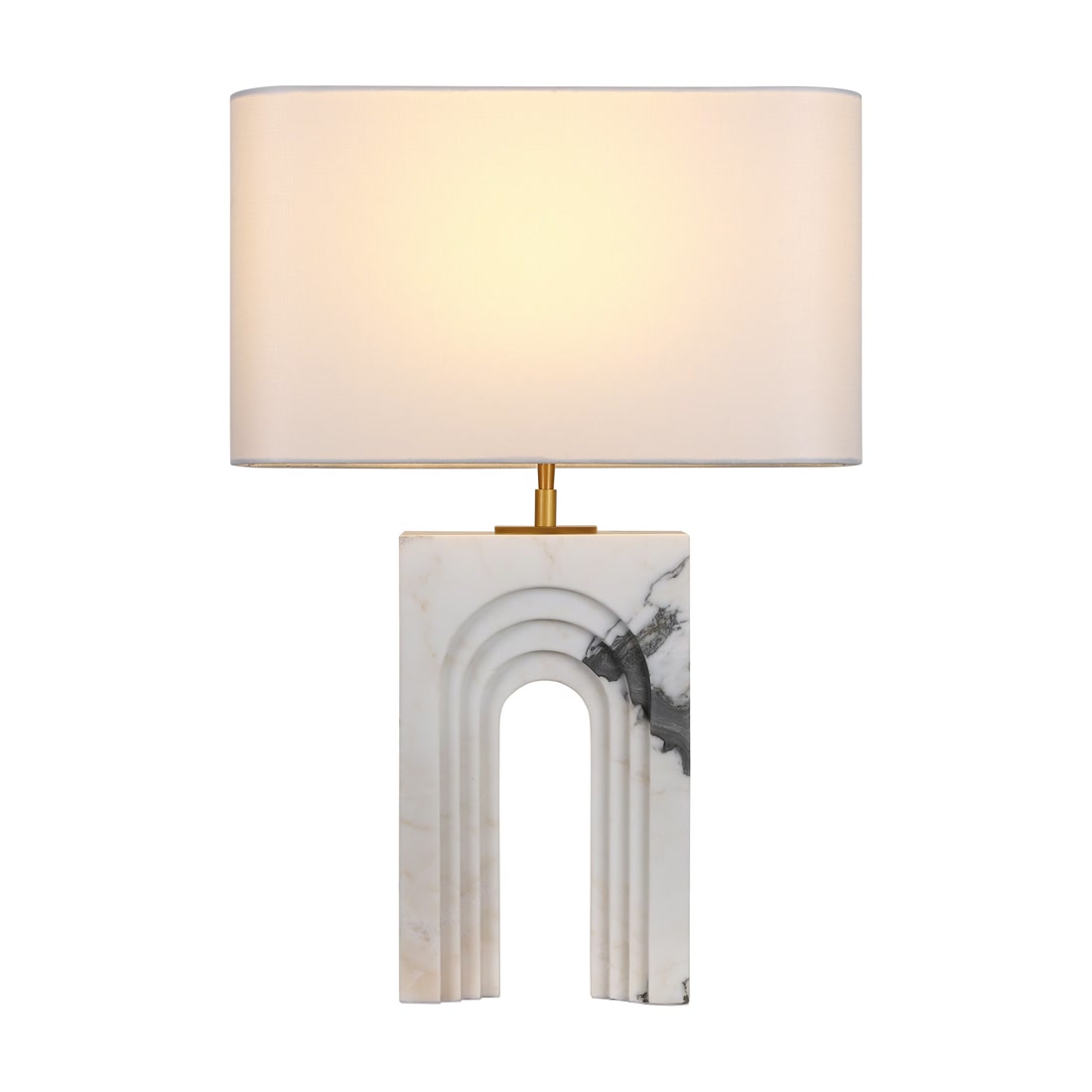Aesthetic Balance in Room Lighting: Transform Your Space with Perfect Illumination
Aesthetic Balance in Room Lighting: Transform Your Space with Perfect Illumination
Room lighting is one of the most vital elements that can dramatically change the ambiance and functionality of your space. Achieving aesthetic balance in room lighting is essential for creating an environment that feels welcoming and comfortable. This article will explore the various aspects of room lighting, including tips for achieving aesthetic balance, common mistakes to avoid, and effective strategies to exemplify light design.
The Importance of Aesthetic Balance in Room Lighting
Lighting does more than just illuminate a room; it adds character and enhances the overall aesthetic appeal. Proper lighting can make a room look larger, cozier, and more inviting. Understanding aesthetic balance helps in ensuring that your lighting design complements the room's decor and purpose. Here are some of the key factors that contribute to achieving aesthetic balance:
- Layered Lighting: Implementing a combination of ambient, task, and accent lighting.
- Color Temperature: Selecting the right color temperature to match your desired mood.
- Scale and Proportion: Choosing light fixtures that suit the size of the room.
- Functionality: Ensuring that the lighting serves its intended purpose.
Layered Lighting: The Foundation of Aesthetic Balance
Layered lighting involves using different types of lighting sources to create a harmonious effect. By combining ambient, task, and accent lighting, you can ensure your room is well-lit for various activities while also creating an inviting atmosphere.
1. Ambient Lighting
Ambient lighting serves as the primary source of illumination in any room. It provides general light that fills the space, ensuring that areas are well-lit. Pendant lights, chandeliers, and recessed lighting can serve as excellent choices for ambient lighting.
2. Task Lighting
Task lighting focuses on specific areas where activities such as reading, cooking, or studying take place. desk lamps, under-cabinet lights, and bedside lamps are essential for providing illumination where tasks are performed. Consider using adjustable task lights to focus on specific areas without overwhelming the space.
3. Accent Lighting
Accent lighting adds drama and interest to a room by highlighting specific features, such as artwork or architectural elements. Use Picture lights, wall sconces, or track lighting to create focal points in your room.

| Type of Lighting | Purpose | Examples |
| Ambient | General illumination | Pendant lights, chandeliers |
| Task | Specific activity lighting | desk lamps, under-cabinet lights |
| Accent | Highlight features | Track lighting, wall sconces |
Choosing the Right Color Temperature
Color temperature is an essential aspect of lighting that can affect the mood and atmosphere in a room. Measured in Kelvin (K), color temperatures can range from warm to cool. Here’s a simple guide:
- Warm White (2700K-3000K): Creates a cozy and inviting atmosphere, perfect for living rooms and bedrooms.
- Neutral White (3500K-4100K): Provides a balanced appearance that is suitable for kitchens and workspaces.
- Cool White (5000K-6500K): Ideal for task-oriented spaces like workshops or garages.
Scale and Proportion in Lighting Design
Choosing light fixtures that are the right size for your space is crucial in achieving aesthetic balance. Oversized fixtures can overwhelm small rooms, while tiny lights can get lost in larger spaces. To maintain scale and proportion, consider the following:
- Choose a chandelier that fits the room's dimensions, ensuring it hangs at the correct height.
- For Floor lamps, ensure the height provides enough light without obstructing views.
- Mix and match fixture sizes when using multiple lights to create visual interest.
Functional Considerations for Room Lighting
While Aesthetics are paramount, functionality should never be overlooked. Ensure your lighting choices align with the purpose of the room. Consider the following:
- Living Room: A blend of ambient and accent lights is crucial for creating a relaxed atmosphere.
- Kitchen: Bright task lighting is essential for food preparation, but carefully designed ambient lights can enhance the decor.
- Bedroom: Soft, warm lighting pairs well with task lighting for bedside reading.
Common Mistakes to Avoid in Room Lighting
Understanding what to avoid is just as important as knowing what to do. Here are some common pitfalls:
- Over-Reliance on Overhead Lighting: This can create harsh shadows; instead, combine various light sources.
- Ignoring Natural Light: Maximize natural light by using window treatments that don’t obstruct the light.
- Sticking to One Type of Bulb: Different bulbs offer varying advantages in terms of mood and energy efficiency.
Tips for Achieving Aesthetic Balance in Room Lighting
To achieve the perfect aesthetic balance in your room lighting, consider the following tips:
- Evaluate the function of the room – determine what activities take place and how much light is needed.
- Select light fixtures that reflect the style and decor of your room, be it modern, traditional, or eclectic.
- Create different lighting zones by combining various light types to provide flexibility and convenience.
- Don’t forget about the dimmer switches, allowing you to adjust light levels to suit the mood.
Conclusion
Aesthetic balance in room lighting is crucial for creating a harmonious and inviting atmosphere. By incorporating layered lighting, choosing the right color temperature, and ensuring proper scale and proportion, you can transform your space into an oasis of comfort and style. Remember to evaluate how each light serves its purpose while also contributing to the overall aesthetic of the room. With these tips in mind, your lighting design will not only be functional but also visually stunning, providing a perfect balance that enhances your living experience.
In summary, taking a thoughtful approach to room lighting can significantly impact the overall feel of your space. Whether you opt for soft, warm lights for tranquility or bright, cool lights for functionality, ensure that your choices reflect both the purpose of the room and your personal style. Don’t hesitate to experiment with different lighting combinations to discover what makes your room feel just right.
